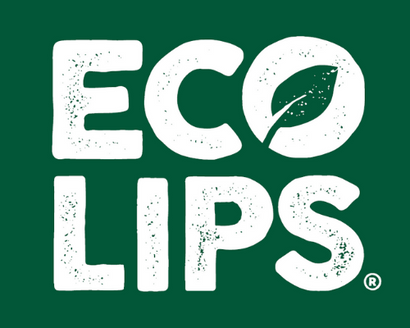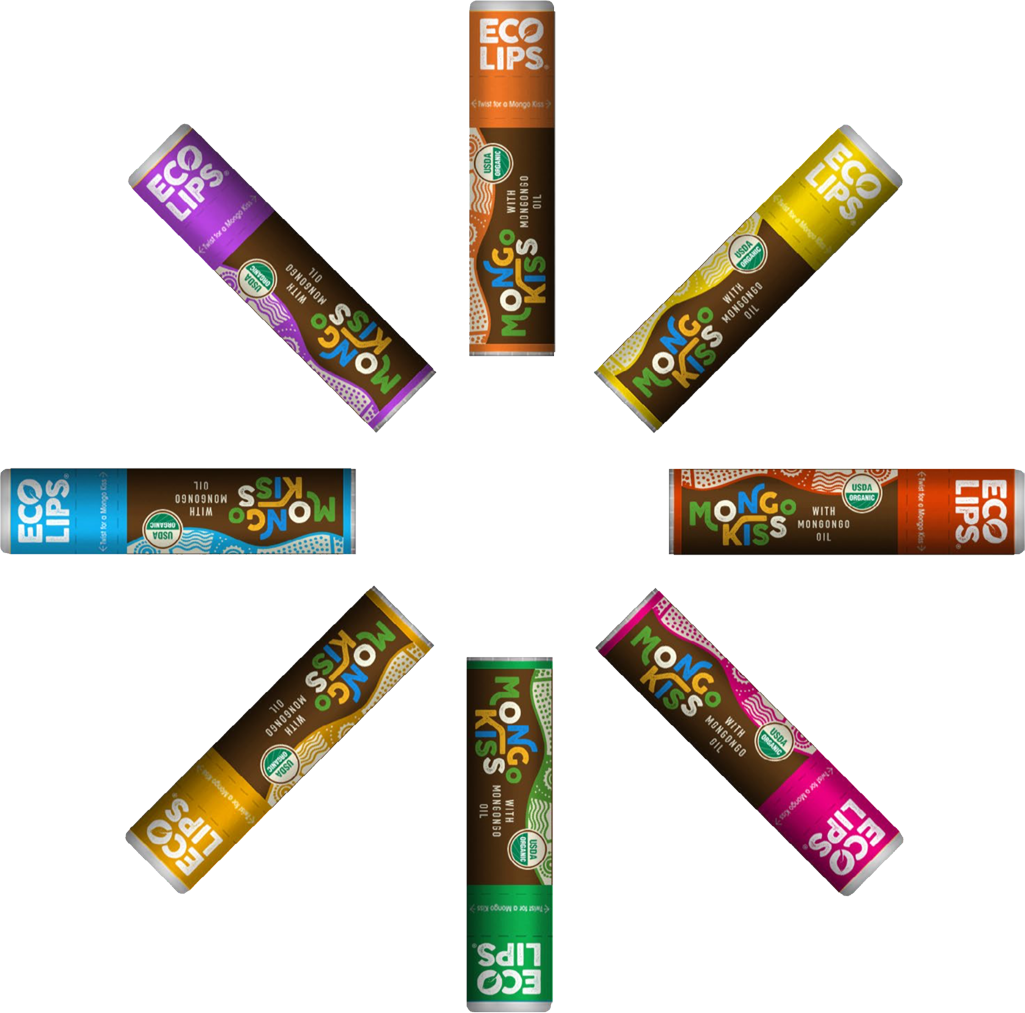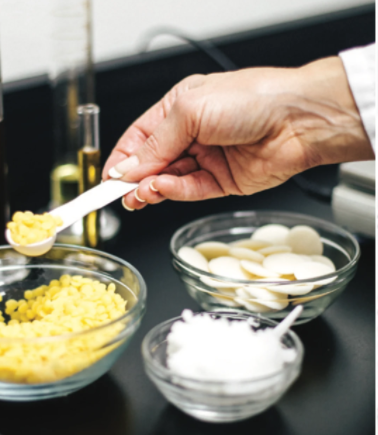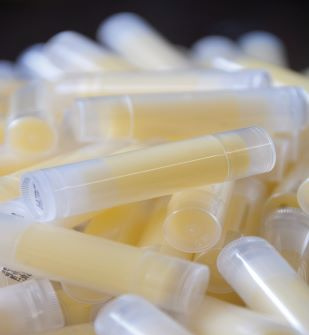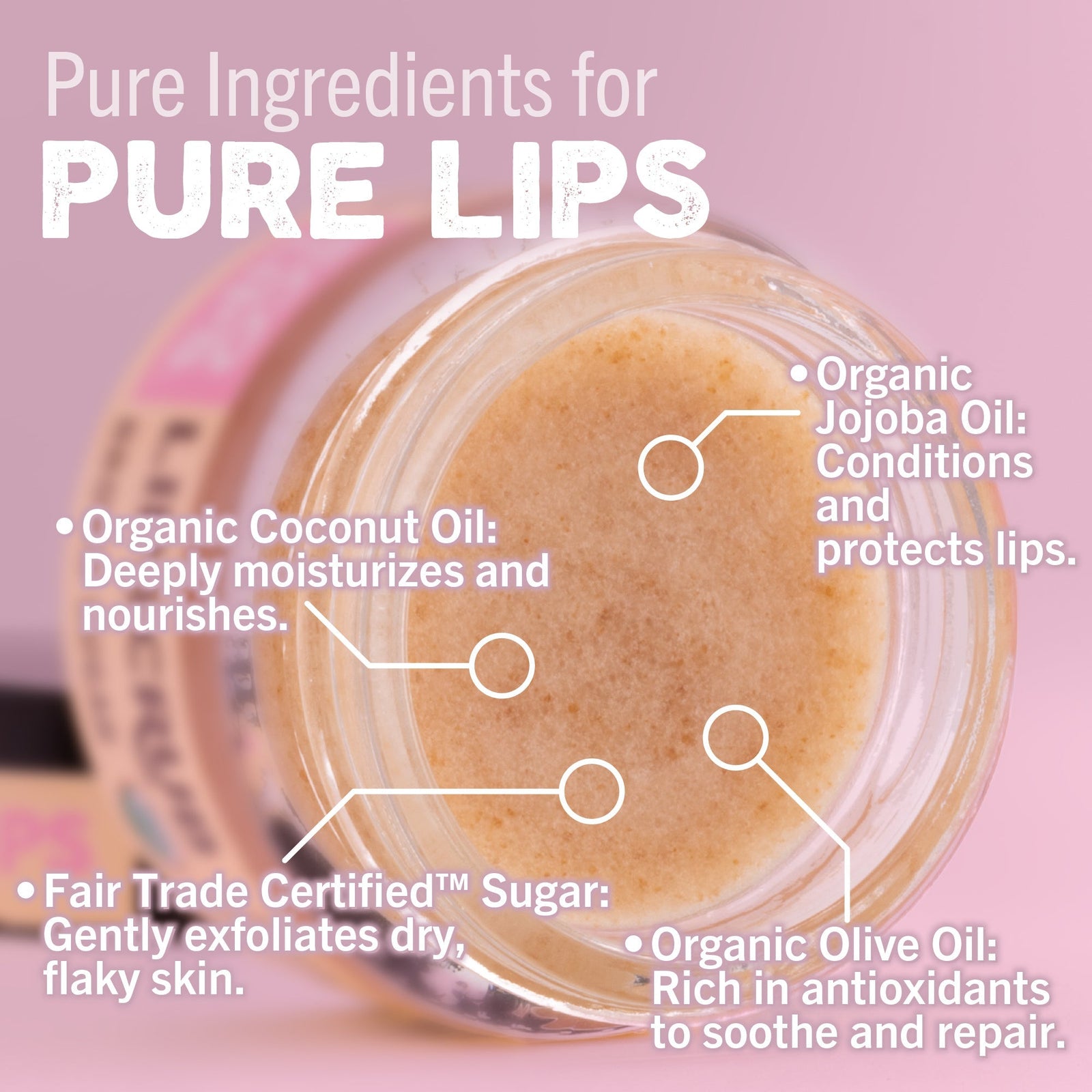Beeswax has historical uses, but what exactly is it? Beeswax is a complex chemical mixture secreted by the abdominal wax glands of honeybees. Bees secrete beeswax as a liquid which hardens on contact with air. Beeswax is used to make the foundation and honeycomb hexagonal cells used for raising the brood and storage of honey and pollen. The wax cells are used to cradle larvae, and are storage cells for pollen and honey, and the entire wax foundation supports the mass of working bees.
In the past, beeswax was especially valued for candles, because it has a higher melting point than many other waxes, and so the candles remain upright in hot weather. One of the most important current uses of beeswax is in ointments, balms, emollient skin creams, and lotions. Beeswax is in great demand on the world market. There are more than 300 industrial uses for beeswax alone!
[credit: Science Direct]
Organic beeswax is the base of 99% of our lip balms. We hold our beekeepers and harvesting of beeswax to high standards. Here are a few of the "rules" we abide by:
- Eco Lips' organic beeswax must come from a hive situated in an area free from synthetic chemicals such as pesticides or herbicides and be produced by bees who have not been treated with antibiotics and most other chemical preparations.
- Also, processed without the use of any harmful agents that would interfere with a raw ingredient's properties. In other words, organic beeswax ensures the integrity of the ingredient to the highest standard.
- Apiaries shall be placed in areas which ensure nectar and pollen sources consisting essentially of organically produced crops. Apiaries shall be kept at sufficient distance from sources that may lead to the contamination of beekeeping products or to the poor health of the bees.
- At the end of the production season hives shall be left with sufficient reserves of honey and pollen to survive the winter.
- Mutilation such as clipping the wings of queen bees is prohibited as well as destroying of the hive or its habitat to obtain honey, comb, wax, or propolis.
